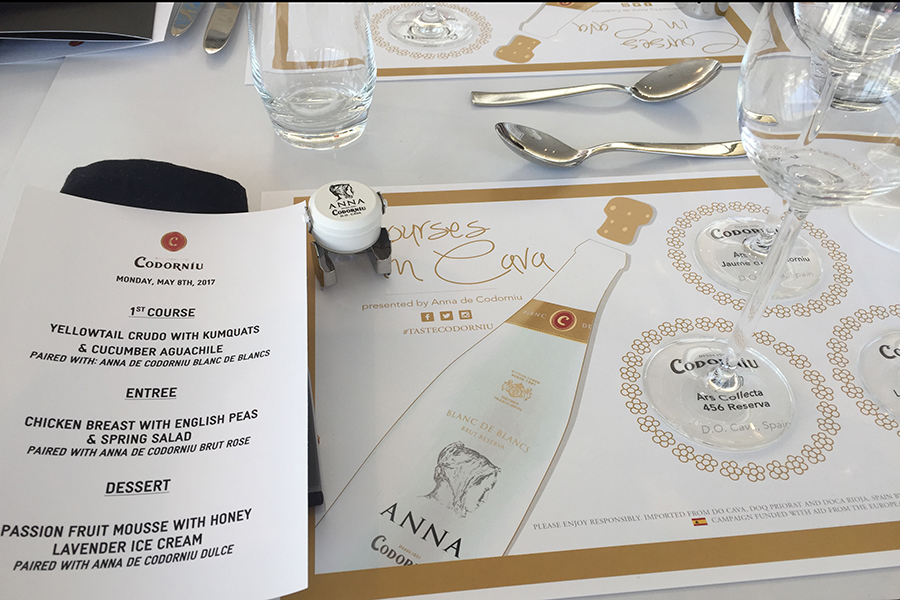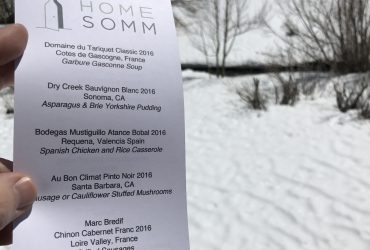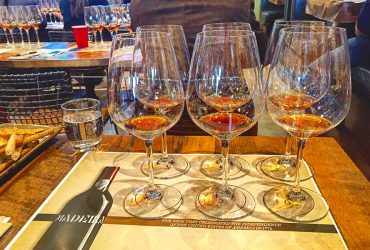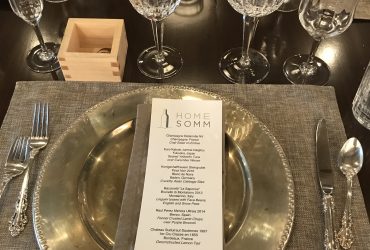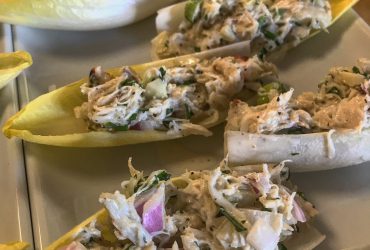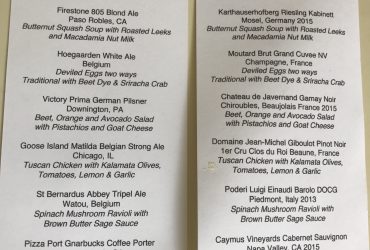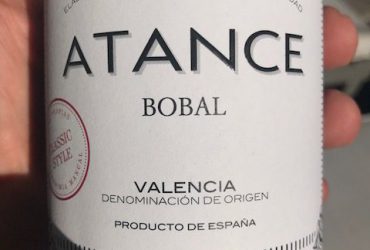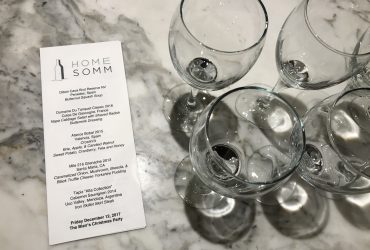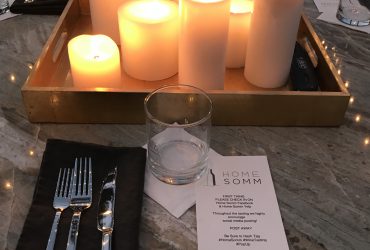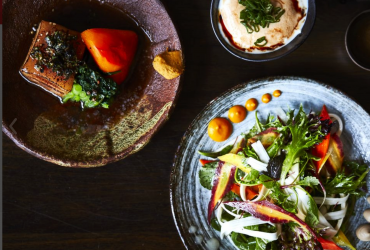The Misunderstood Sparkling Wine
When most people think about Cava, they think about some cheap sparkling swill they see at most grocery stores. But when you look deeper into it, and what producers are doing today, you will be surprised by not only the quality, but the prices as compared to some other sparkling wines.
First of all, where is Cava made? Well most everyone knows the answer, Spain of course. But what part of Spain? In the North Eastern part of Spain is Catalonia, and within that area is a wine growing region called Penedes. Then that area is broken down into three more distinct growing areas as the land rises from the coast to the mountains, which hold some of Europe’s highest winegrowing regions. Most Cava production is in the Alt-Penedes. This makes for a perfect environment to grow one of the main grapes for Cava production, the white grape, Parellada. There are three other authorized grapes that make up nearly all the vinyard space as well; Xarel-lo, Macabeo (Macabeu) and Chardonnay, although there other grapes allowed in production today. These are both white and red varietals; Pinot Noir, Garnacha Tinta, Monastrell, Trepat and Malvasia (Subirat).
Let’s start with a little bit of the long history related to sparkling wine production in this part of Spain. The birthplace of sparkling wine was in San Sadurni d’Anoia in 1872. Yes 1872. (Ruinart started in Champagne in 1729) The winery that started it, Codorniu is the oldest winery in all of Spain who started production in 1551, and is now is the 17th oldest winery in the world today. Now they have the 18th generation of original winemaker Jose Raventos working there. Their winery is second in size in Spain, only to the massive operation at Freixenet, who is the world’s largest producer of sparkling wines. So the Cava DO producers make more sparkling wine than all of Champagne. Which lead to a lot of poor quality and less than stellar wines. Today the Codorniu family is changing that and making very high quality wines, and have started a ‘Grand Cru Project’ to get other winemakers in the DO to commit some of their production to making the best wine possible based on their terroir. These producers also use the ‘Traditional Method’ technique of making their wines. Having their secondary fermentation in bottle like in Champagne.
The family in 1984 released their ‘Anna’ wine, dedicated for Anna Codorniu who was the matriarch of the family in 1659. This was the first time anyone in Cava used Chardonnay, to create a more ‘traditional’ style of sparkling wine. It was not long after that when they also started using Pinot Noir. Now both grapes are used all throughout Cava. In 2002 they released a Pinot Noir Rose, and in 2010 a Blanc De Noir both following in the footsteps of Champagne. They did not allow any skin contact of the grapes in the juice, to create a cleaner, more elegant wine.
Now they have three main vineyard sites, with three different landscapes, and three different varietals all for use in one cava. They are the only people doing this in the Cava DO. Some people thought they were mad thinking like this, but then after 10 years of thought and processing, in 2016 they released their new line, to huge accolades. It is their Ars Collecta. This includes some outstanding and limited release wines. The Jaume Codorniu, which is an homage to their founders in 1551. They released 20,000 bottles of this Brut style. The grapes are 42.5% Chardonnay, 42.5% Pinot Noir and 15% Xarel-lo. They aged in the Gran Reserva style, which calls for a minimum of 60 months on the lees after primary fermentation. The next wine in this line is the Finca La Pleta, which is 100% Chardonnay, and limited to only 300 bottles, total. It is aged for 90 months on the lees at a constant temperature, which gives it a light brioche nose, but still holds the bright orchard fruits and acidity. The third one in this line I got to try was the 456. An absolutely stunning wine, that was pleasing on every part of the palate. It is a blend of 45% Chardonnay, 45% Pinot Noir and 10% Xarel-lo. This one sits on the lees for 120 months, which is 10 years. That is quite a commitment to just one wine. They make only 1000 bottles of this one. This wine pays tribute to the 456 different vintages they have made through the years.
As you can see, this one winery is trying to change the way the world looks at Cava. So the next time you see a bottle at your local shop, or on a wine list give it a shot. Those three I just mentioned do have a bit of a price tag, but they also have the ‘Anna’ collection which is more modestly priced but still at the highest of quality. The Anna collection runs the gamut of dry white bruts, to rose, to a sweet wine. I am working on putting together a tasting of sparkling wines where we will look at the different styles and types and regions. So stay tuned for that!

